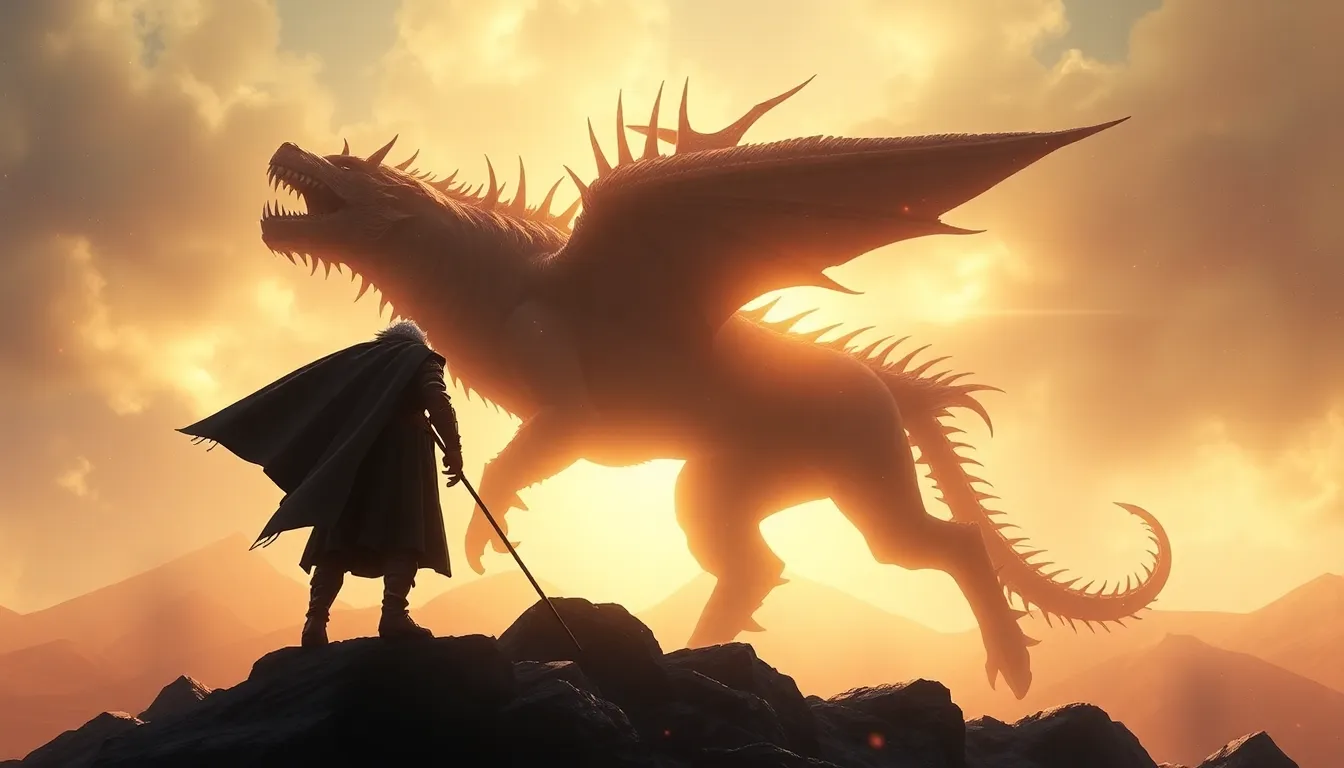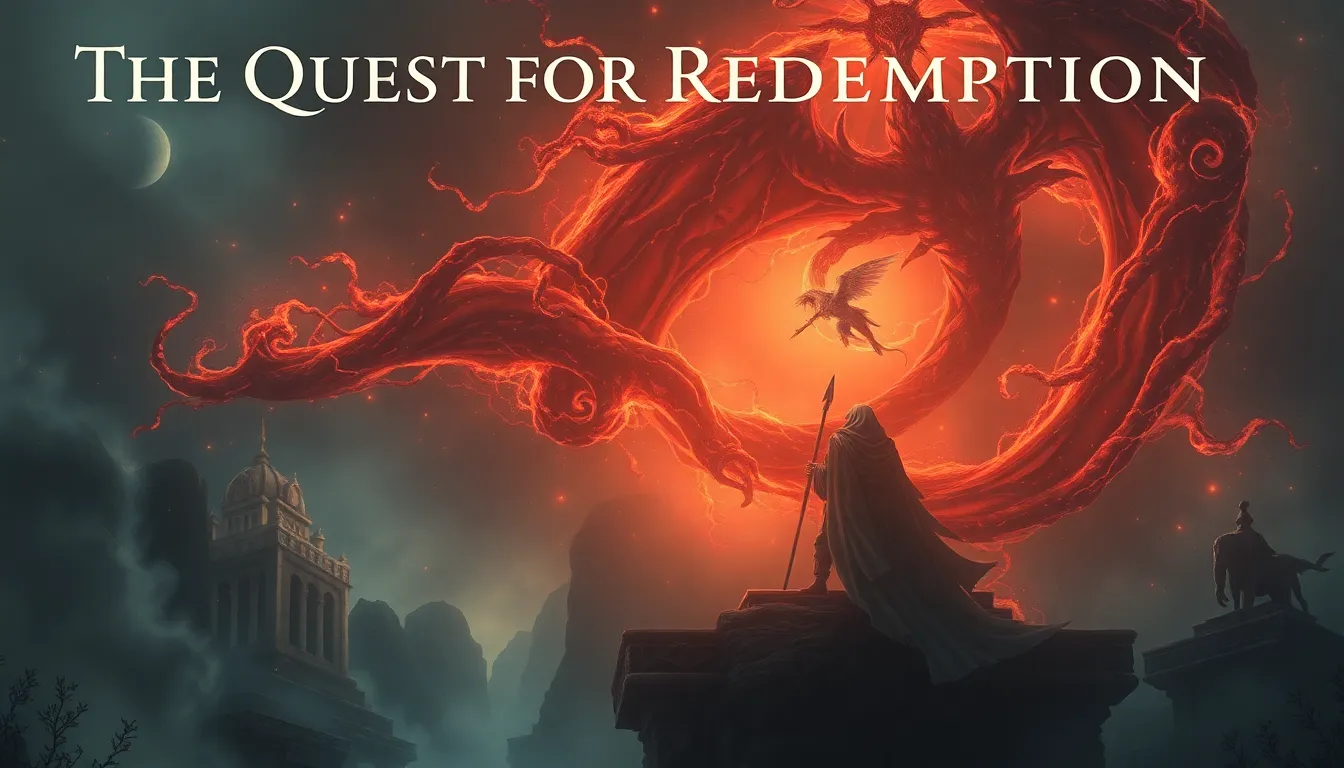Secrets of the Ancients: 7 Quests Hidden in Mythology
Introduction: The Allure of Ancient Myths
Mythology is a collection of stories that serve to explain the unexplainable, providing insight into the beliefs and values of ancient cultures. These narratives encapsulate the struggles, triumphs, and the very essence of what it means to be human. Through the ages, myths have held a mirror to our lives, reflecting our challenges and aspirations.
One of the most fascinating aspects of mythology is its penchant for hidden quests. These quests often carry profound teachings, inviting individuals to embark on their journeys of self-discovery and transformation.
Quest 1: The Twelve Labors of Hercules
The Twelve Labors of Hercules is a series of tasks that the hero was required to complete as penance. These labors include:
- Slaying the Nemean Lion
- Slaying the nine-headed Lernaean Hydra
- Capturing the Golden Hind of Artemis
- Capturing the Erymanthian Boar
- Cleaning the Augean Stables in a single day
- Slaying the Stymphalian Birds
- Capturing the Cretan Bull
- Stealing the Mares of Diomedes
- Obtaining the Girdle of Hippolyta
- Obtaining the Cattle of Geryon
- Fetching the Apples of the Hesperides
- Capturing Cerberus, the three-headed dog
Each labor symbolizes a stage of personal growth, illustrating the importance of perseverance and resilience in overcoming life’s challenges. Hercules’ journey is a testament to the idea that through struggle and hardship, one can achieve greatness and self-understanding.
Quest 2: The Odyssey of Odysseus
The Odyssey narrates the epic journey of Odysseus as he attempts to return home after the Trojan War. The voyage is fraught with challenges, including encounters with mythical creatures and divine beings. Key themes in this quest include:
- Perseverance in the face of adversity
- Cunning and intelligence as tools for survival
- The quest for identity and understanding one’s place in the world
Odysseus’s adventures represent the trials we face in our own lives and the inner strength required to navigate them. His story is a profound exploration of the human spirit’s resilience and capacity for growth.
Quest 3: The Quest for the Holy Grail
Rooted in Arthurian legends, the Holy Grail is often depicted as the cup used by Jesus at the Last Supper, symbolizing divine grace and enlightenment. The quest for the Grail is not merely a physical journey but a spiritual one, emphasizing the following:
- The pursuit of spiritual enlightenment
- The importance of faith and virtue
- The transformative power of love and sacrifice
Knights such as Sir Galahad exemplify the ideal of chivalry, showing that the true quest lies in the virtues one embodies rather than the material rewards one seeks.
Quest 4: The Journey of Inanna to the Underworld
The myth of Inanna, the Sumerian goddess, recounts her descent into the Underworld, a journey that symbolizes the cycle of life and death. Inanna’s story reveals:
- The balance of power and femininity
- The importance of facing one’s fears and confronting the unknown
- The inevitability of change and transformation
This journey illustrates the complexities of existence and the need for balance in all aspects of life, highlighting the duality of creation and destruction.
Quest 5: The Adventures of Sinbad the Sailor
Sinbad’s seven voyages take him through fantastical lands filled with danger and wonder. Each adventure serves to highlight essential life lessons, including:
- The quest for knowledge and experience
- The pursuit of wealth and the understanding of its value
- The resilience required to face the trials of life
Sinbad’s adventures reflect the human condition, emphasizing that the journey itself is as important as the destination.
Quest 6: The Labyrinth and the Minotaur
The myth of Theseus and the Minotaur introduces a labyrinthine structure, symbolizing the complexities of life. Theseus’s quest involves:
- Confronting inner fears and monsters
- Finding clarity amidst confusion
- Navigation through life’s challenges with courage
The labyrinth serves as a metaphor for the intricate pathways we navigate, reminding us that clarity often comes through struggle and determination.
Quest 7: The Epic of Gilgamesh
The Epic of Gilgamesh is one of the oldest pieces of literature, chronicling Gilgamesh’s quest for immortality. His journey touches on critical themes such as:
- The nature of friendship and companionship
- The acceptance of mortality
- The importance of legacy and human connection
Gilgamesh’s quest for eternal life ultimately leads him to the realization that true immortality lies in the impact one has on others and the stories that endure.
Common Themes in Mythological Quests
Across these diverse quests, several recurring motifs emerge:
- Heroism and the call to adventure
- Transformation through trials and tribulations
- Self-discovery and personal growth
Additionally, mentorship plays a vital role as heroes often receive guidance from mentors or divine beings, helping them navigate their journeys and realize their potential.
Conclusion: The Timeless Teachings of Ancient Quests
The quests hidden within mythology offer timeless insights that remain relevant today. They encourage us to embark on our journeys, face our challenges, and embrace the lessons learned along the way. By reflecting on these ancient stories, we can find inspiration for our personal quests, reminding us that every journey holds the potential for transformation and self-discovery.



